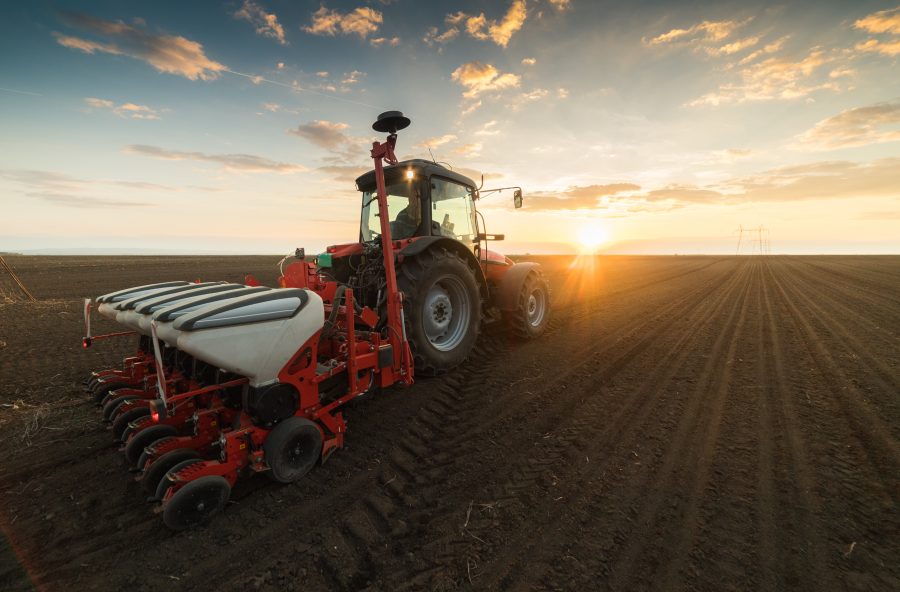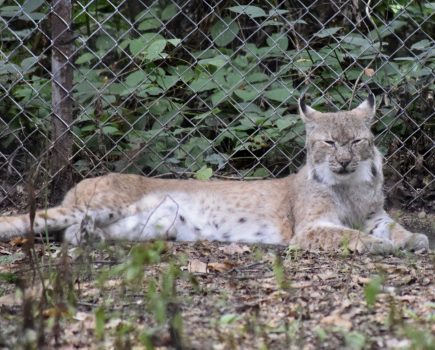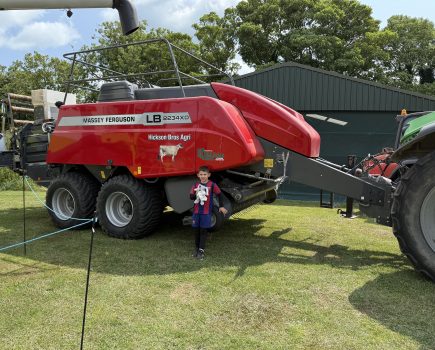This month’s contribution comes from Howard Nason, director responsible for seed purchasing with Crop Advisors, which works in association with Chichester Crop Consultants.
As field work slows down and the crops progress towards harvest, cropping plans are being discussed for next season and the focus is on seed varieties for autumn drilling.
The disease pressure this season has been enormous, not helped by the mild winter carrying inoculum through into the crops this spring. Despite robust fungicide programmes, wheat crops have higher levels of disease in the canopy than growers would have liked. Grassweeds have equally been problematic where fields have been too wet to allow machinery on to apply residual herbicides.
Varietal resistance is one of the cornerstones of effective disease control and delayed drilling is still one of the most reliable ways of combating the level of disease and weeds in the crop.
Even ‘resistant’ varieties have struggled to hold back disease if drilled too early. The importance of this has been starkly apparent this spring.
The AHDB Recommended List (RL) ratings for Septoria are based on a mean drilling date around 7 October. As a rule of thumb, drilling a variety two weeks earlier than this will reduce the disease resistance rating by half a point, while drilling two weeks later will improve the variety’s resistance by half a point.
There are some exciting new varieties on the RL, including a new group 1, SY Cheer, but this is still under test by UK flour millers so we wait to see the outcome. Bamford looks to be a game changer for the group 3 market, with feed wheat type yields and a sound resistance package. LG Beowulf is also attracting a lot of interest, with high yields and no major agronomic weaknesses coupled with orange wheat blossom midge resistance.
While we can position disease resistant varieties to mitigate the risks associated with earlier drilling, there is still the issue of blackgrass, where the only reliable option is holding off on that drilling date. The weed has the ability to exploit any chink in the armour, with control needing to be over 96% year-on-year to stop the population increasing.
Increased BYDV risk is another complication with earlier sowing. Thankfully we now have varieties with BYDV resistance, such as RGT Goldfinch, which give growers an option to grow an ‘insecticide-free’ wheat for the Sustainable Farming Incentive IPM4 option.
Of course, the optimum drilling window may not be achievable, and there is always the argument that if you wait too long then the weather will break and that window of opportunity is lost, with the crop not getting in the ground.
Many growers will be keen to drill earlier this year, following their experiences last season. There is always the temptation to ‘farm on last year’, but it is important to remember that what happened this crop year will not necessarily happen next year.
You never know, the weather may hold fair for drilling with an open autumn for good weed control and a cold winter with some sharp frosts to set us up for next spring. We live in hope, anyway. What is certain is that farmers and agronomists alike don’t want another season like this one.
For more like this, sign up for the FREE South East Farmer e-newsletter here and receive all the latest farming news, reviews and insight straight to your inbox.







